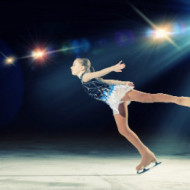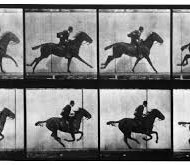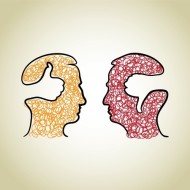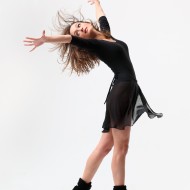
As I mentioned in my last blog, popularity is seductive. The chance for serious movement analysis to garner publicity through the national media is almost irresistible. However, when serious study gets showcased as “body language,” the publicity does little to foster appreciation of movement.
A case in point is the March 7 story in USA Today bearing the headline, “Pentagon studies Putin’s body language to predict his actions.” The studies referred to involved legitimate analysis of movement patterns. Yet the press merely referenced this work as “body language.”… Read More









